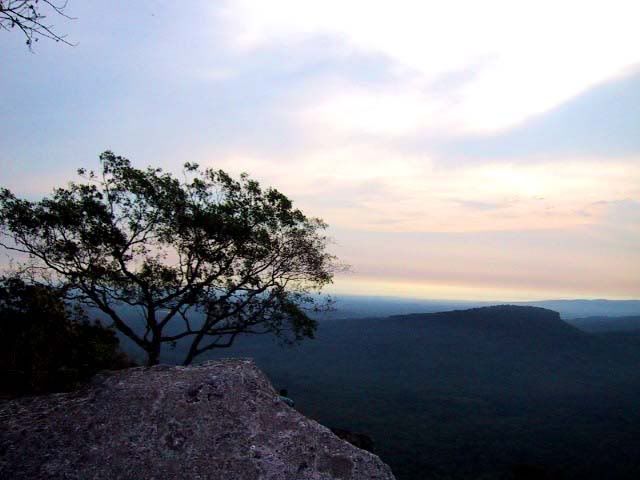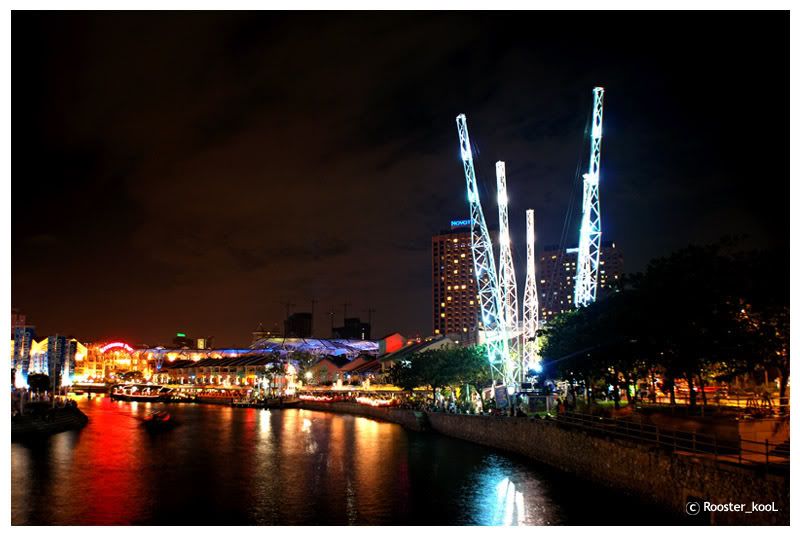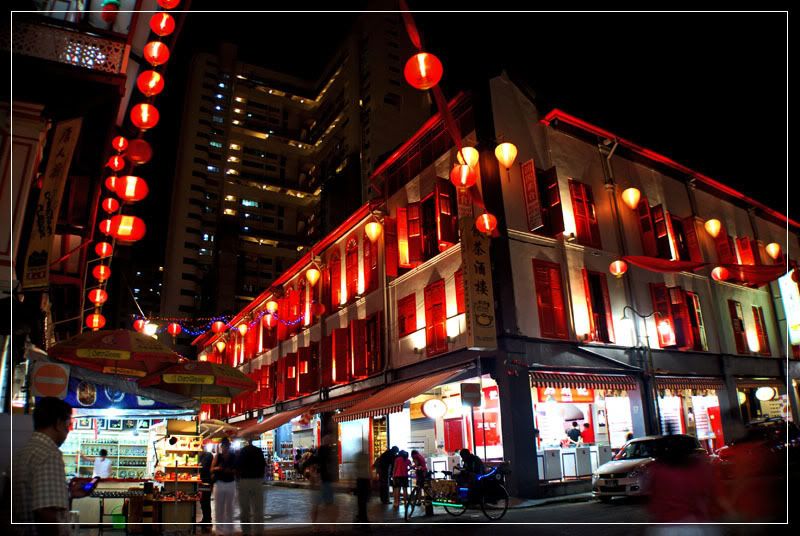Friday, June 27, 2008
Wat's Da Heck ??
Inportant :D
At Hostel they provided Female building and Male building . All males never be allowed to enter female area they built the mess wall around female part. Inspite of cannot join the female area, those girl come to male part instead...hahahahahhaah. There are some make love in the room...kekekeke.
I used to stayed there for 2 months. By their rule we have to pay 3 months even u leave before due date, u can not get refund. I found other place via Internet and moved ma ass outta there. The reason even it dirty and narrow but friendship I have. I study design i need to put my drafting table but not available space over there. I had no choice.
Monday, June 23, 2008
The Real History of Preah Vihear Temple
Inside Preah Vihear Temple (Photo by : Rooster_KooL , April, 2002)
Apart of Preah Vihear Temple (Photo by Rooster_KooL, April, 2002)
Name: Prasat Preah Vihear
Creator: Suryavarman I and Suryavarman II
Date built: 11th & 12th Centuries CE Primary deity: Shiva
Architecture Style: Banteay Srei style and others
Location:
Prasat Preah Vihear (Khmer regular script:ប្រាសាទព្រះវិហារ ,Thai: ปราสาทเขาพระวิหาร: Prasat Khao Phra Viharn) is a Khmer temple situated atop a 525-meter cliff in the
Access
The temple can be approached from Kantharalak district, Sisaket Province of Thailand.
Size
 The temple complex runs 800m along a north-south axis, and consists essentially of a causeway and steps rising up the hill towards the sanctuary, which sits on the clifftop at the southern end of the complex (120m above the northern end of the complex, 525m above the Cambodian plain and 625m above sea level). Although this structure is very different from the temple mountains found at Angkor, it serves the same purpose as a stylised representation of Mount Meru, the home of the gods.
The temple complex runs 800m along a north-south axis, and consists essentially of a causeway and steps rising up the hill towards the sanctuary, which sits on the clifftop at the southern end of the complex (120m above the northern end of the complex, 525m above the Cambodian plain and 625m above sea level). Although this structure is very different from the temple mountains found at Angkor, it serves the same purpose as a stylised representation of Mount Meru, the home of the gods.
The approach to the sanctuary is punctuated by five gopuras (these are conventionally numbered from the sanctuary outwards, so gopura five is the first to be reached by visitors). Each of the gopuras before the courtyards is reached by a set of steps, and so marks a change in height which increases their impact. The gopuras also block a visitor's view of the next part of the temple until he passes through the gateway, making it impossible to see the complex as a whole from any one point.
The fifth gopura, in the Koh Ker style, retains traces of the red paint with which it was once decorated, although the tiled roof has now disappeared. The fourth gopura is later, from the Khleang/Baphuon periods, and has on its southern outer pediment, "one of the masterpieces of Preah Vihear" (Freeman, p. 162): a depiction of the Churning of the Sea of Milk. The third is the largest, and is also flanked by two halls. The sanctuary is reached via two successive courtyards, in the outer of which are two libraries.
Ancient History
View from our Cambodia border to Thai border in the early morning .
Photo by Rooster_KooL, April, 2002
Construction of the first temple on the site began in the early 9th century; both then and in the following centuries it was dedicated to the Hindu god Shiva in his manifestations as the mountain gods Sikharesvara and Bhadresvara. The earliest surviving parts of the temple, however, date from the Koh Ker period in the early 10th century, when the empire's capital was at the city of that name. Today, elements of the Banteay Srei style of the late 10th century can be seen, but most of the temple was constructed during the reigns of the kings Suryavarman I (1002–1050) and Suryavarman II (1113–1150). An inscription found at the temple provides a detailed account of Suryavarman II studying sacred rituals, celebrating religious festivals and making gifts, including white parasols, golden bowls and elephants, to his spiritual advisor, the aged Brahman Divakarapandita. The Brahman himself took an interest in the temple, according to the inscription, donating to it a golden statue of a dancing Shiva.
International dispute over ownership
In modern times, ownership of the temple was disputed by
The court proceedings focused not on questions of cultural heritage or on which state was the successor to the Khmer Empire but on technicalities of border demarcation work carried out in the early 20th Century by
In 1954, Thai forces occupied the temple following the withdrawal of French troops from newly independent
Arguing in
On
However,
The following information was posted online by Thailand's Thai News Agency on 24 May 2008, reflecting the current status of discuss the status of the dispute between Thailand and Cambodia. "BANGKOK, May 24, 2008 (TNA) -- Cambodia has agreed to register only the ancient Preah Vihear temple ruins themselves as a UNESCO World Heritage site, leaving the surrounding area disputed by Thailand and Cambodia unresolved, and to prepare a new map showing the ruins for consideration by UNESCO and Thailand, Thai Foreign Minister Noppadon Pattama said Saturday. Mr. Noppadon, Cambodian Deputy Prime Minister Sok An and United Nations Educational, Scientific and Cultural Organization (UNESCO) officials met in Paris for 10 hours on Thursday. The Thai foreign minister told a press conference that the meeting was held in a friendly atmosphere. The Cambodian government agreed to limit its registration of the Preah Vihear temple only as a World Heritage site, and would submit new map of temple premises to the Thai government and UNESCO for consideration on June 6.
Civil war and present times
Civil war began in
Full-scale war began again in
Guerilla warfare continued in
The temple opened again to visitors from the Thai side at the end of 1998;
Since the Cambodian government decided to nominate the site for inclusion into the UNESCO World Heritage Site list, tensions between the two countries on this issue reignited.Thailand has stated that they do not object to the application for the temple complex, but that Cambodia also listed disputed areas around the temple when applying to put the temple on the list.
Sunday, June 22, 2008
Look at Our Cambodian Way
Ground-breaking held for Phnom Penh's tallest skyscraper
Written by Sebastian Strangio
Wednesday, 18 June 2008
 Deputy Prime Minister Sok An and GS President Kevin Kim attend ground-breaking ceremonies for IFC Phnom Penh. Planned for 52 stories, IFC will be Phnom Penh’s tallest building when its completed in 2012.
Deputy Prime Minister Sok An and GS President Kevin Kim attend ground-breaking ceremonies for IFC Phnom Penh. Planned for 52 stories, IFC will be Phnom Penh’s tallest building when its completed in 2012.The $1 billion IFC Phnom Penh project will include a main office tower surrounded by several smaller glass-and-steel structures, making it the latest in a string of mega-projects set to transform the city’s urban landscape in the next decade.
“The IFC Phnom Penh project [is] a symbol of Cambodia’s recent economic growth and will become a new landmark of Phnom Penh,” said Kevin Kim, CEO and President of GS Engineering & Construction, the project’s South Korean developer, at the June 18 groundbreaking ceremony at the building site on the Bassac River.
“Cambodia is the most dynamic and fastest growing country in Southeast Asia, and we want to participate in and contribute to that growth,” Kim said.
South Korean Ambassador to Cambodia Shin Hyun Suk added that the project was likely to further strengthen ties between Cambodia and South Korea, already the second leading source of foreign investment in the Kingdom after China.
“I am pleased to note that in Cambodia’s recent development, South Korea has been a key partner,” Shin told the ceremony, praising the government’s achievement in fostering political and economic stability. “The 52-story IFC building will stand as a symbol of the continuing progress in Cambodia.”
When completed, the IFC skyscraper will be the tallest building in Cambodia, eclipsing the 42-story Gold Tower 42 project, which is also Korean financed, as well as other residential and commercial towers currently planned or under construction around the capital.
In addition to offices, the IFC project will include 275 serviced apartments, long-term luxury housing, an international school and a convention center.
News from Phnom Penh Post
Life in Singapore
As Singapore is small there is nothing much for fun, but the food are nice. There are many kinds of food, but if u don't eat spicy :D maybe u will have problem cuz most of nice food are spicy. One thing is good in here is the safety. It's very safe any time anywhere but u have to watch out as well low crime it doesn't mean no crime.
Singapore is cleaner than some other Europe countries though especially the subway is the number 1 in the world and just won award of best subway and service this year. Most of people in here take Subway or sky train we call SMRT. It's fast and cheap. They rarely use car even they have it cuz the car park is very expensive plus the gas then SMRT is the common one.
New let talk about the Education. Yep the education in Singapore is acceptable and damn strict for international student especially for University . For international student they can not work even part time when they are holding the student pass (Student visa at other country). It's Singapore law if anyone try to work, they will be kicked outta here. All of them must take 90% of their school's schedule attendant. For example my schedule has 11 weeks per term. If anyone absent 3 times per the same subject, they will fail by attendant. No matter what they have high score. Anyone who come late for the class for few minutes will according as absent. Any late submitting for any assignments will record as 0 mark. But i heard from other school is better than mine. Submitting late just cut the score 10% daily only and not so strict as this one. But still strict....hahaha :D. I bet some of u will lazy to read then enjoy my photo :D
Habit :D
Rooster_kool
 There is nothing much about me. I am just ordinary guy as other do. Alright let me introduce myself s-th to u guys. I am currently studying in Singapore in majoring Interior Architecture. I graduated Interior Design at Royal Fine Arts of University in 2004 and Management Information System (MIS) at National University of Management(NUM) in 2005. At Hi5.com many people have known me as Mars and Kj Steav K2D's Radio. In here maybe people will call me Rooster_Kool as ma blog name :P. I am kinda jerk who is talkative but just with people who I know only. In first time other people will note I am rude and Vai Rerk...hehehe I use Khmerlish to express tje feeling , but later on they will recognize I am friendly and nice chatter :D...hehehehe.
There is nothing much about me. I am just ordinary guy as other do. Alright let me introduce myself s-th to u guys. I am currently studying in Singapore in majoring Interior Architecture. I graduated Interior Design at Royal Fine Arts of University in 2004 and Management Information System (MIS) at National University of Management(NUM) in 2005. At Hi5.com many people have known me as Mars and Kj Steav K2D's Radio. In here maybe people will call me Rooster_Kool as ma blog name :P. I am kinda jerk who is talkative but just with people who I know only. In first time other people will note I am rude and Vai Rerk...hehehe I use Khmerlish to express tje feeling , but later on they will recognize I am friendly and nice chatter :D...hehehehe.P.S I just show off :P












